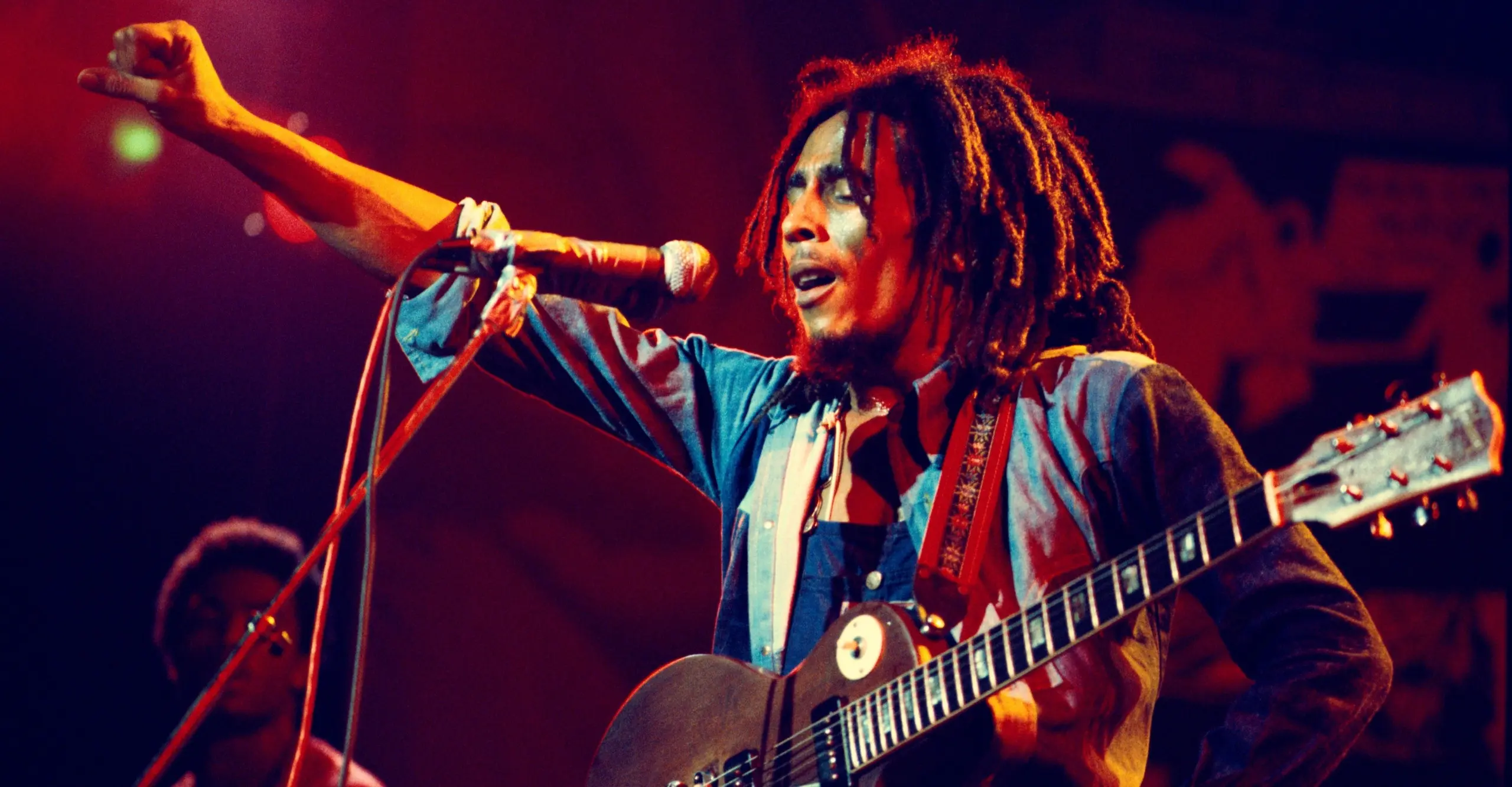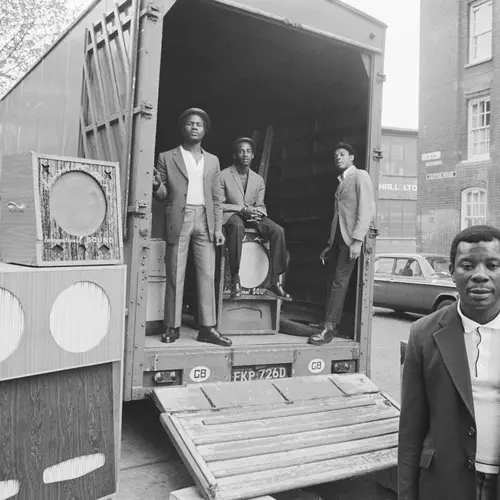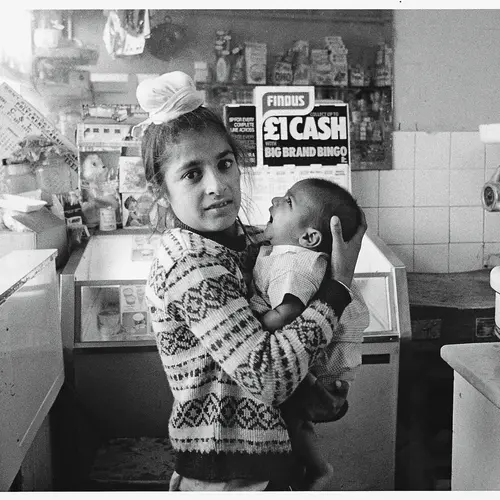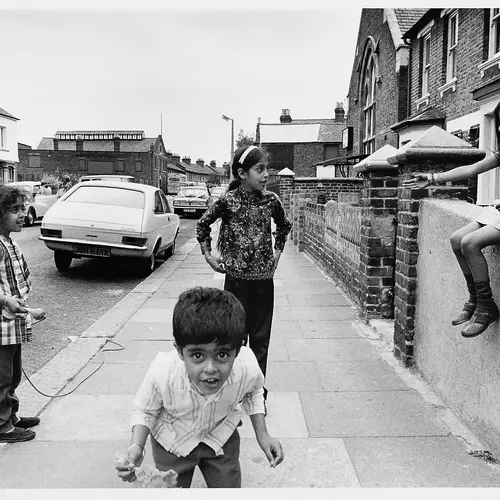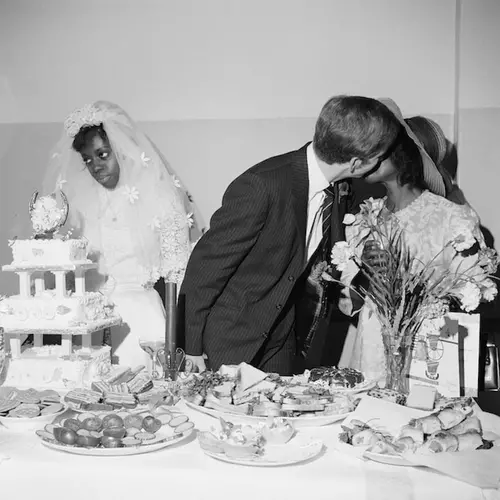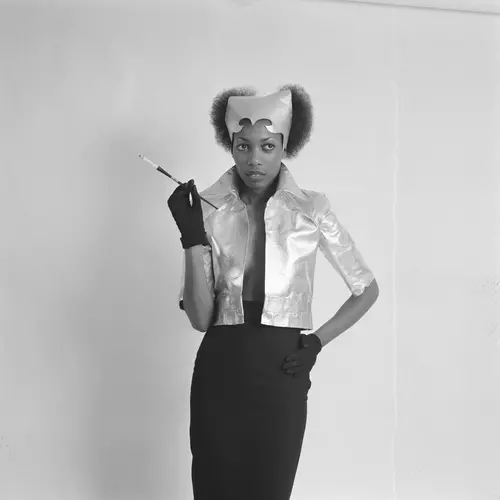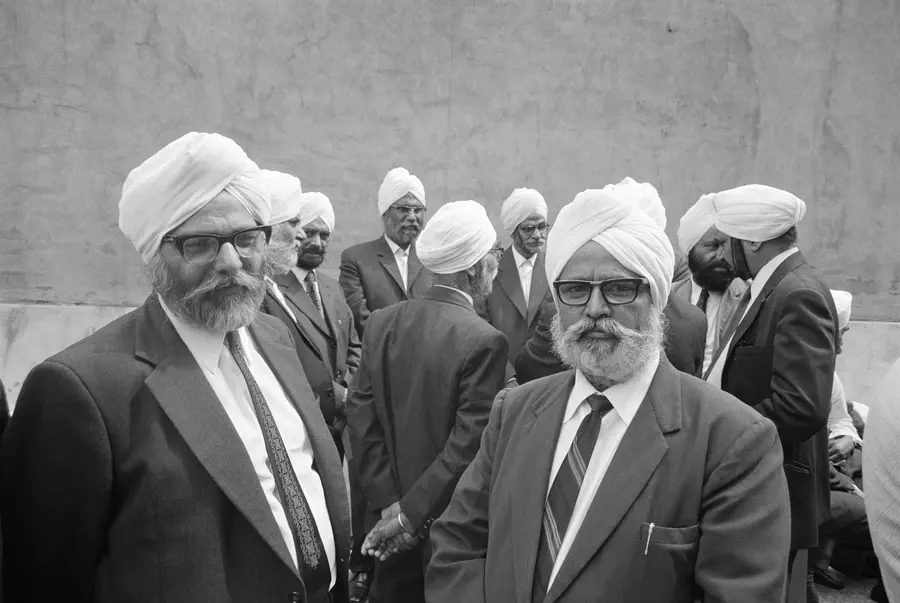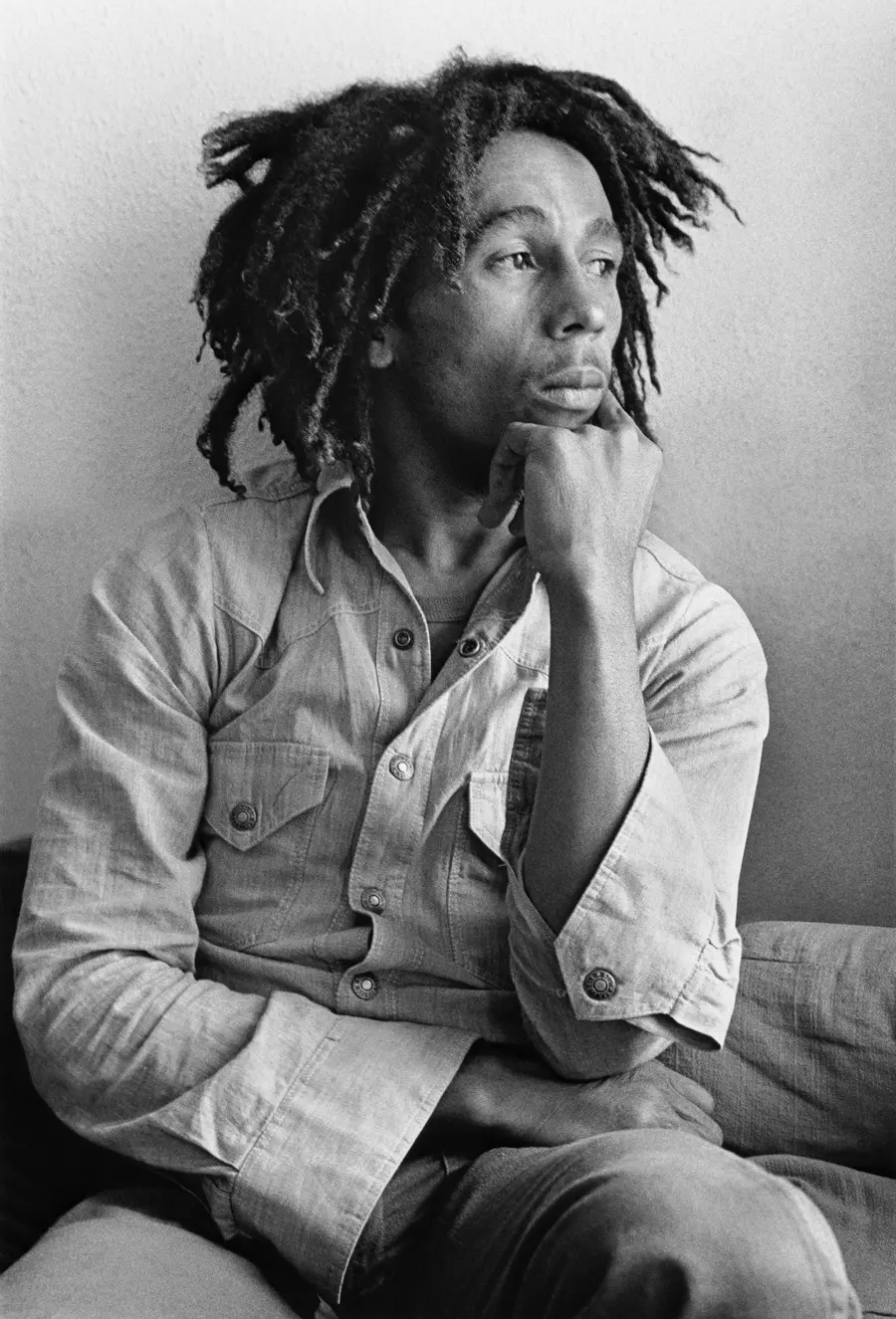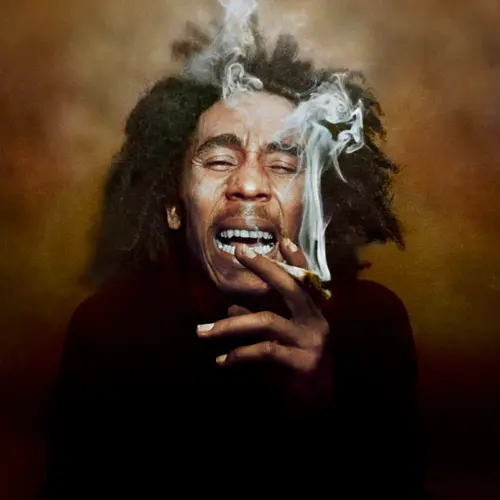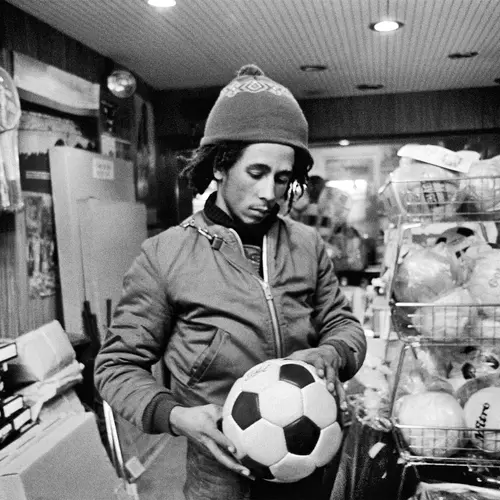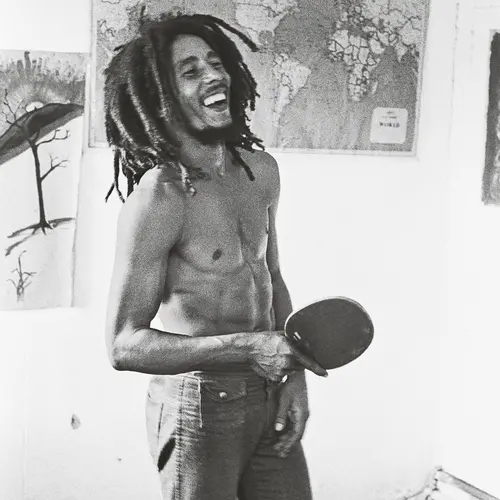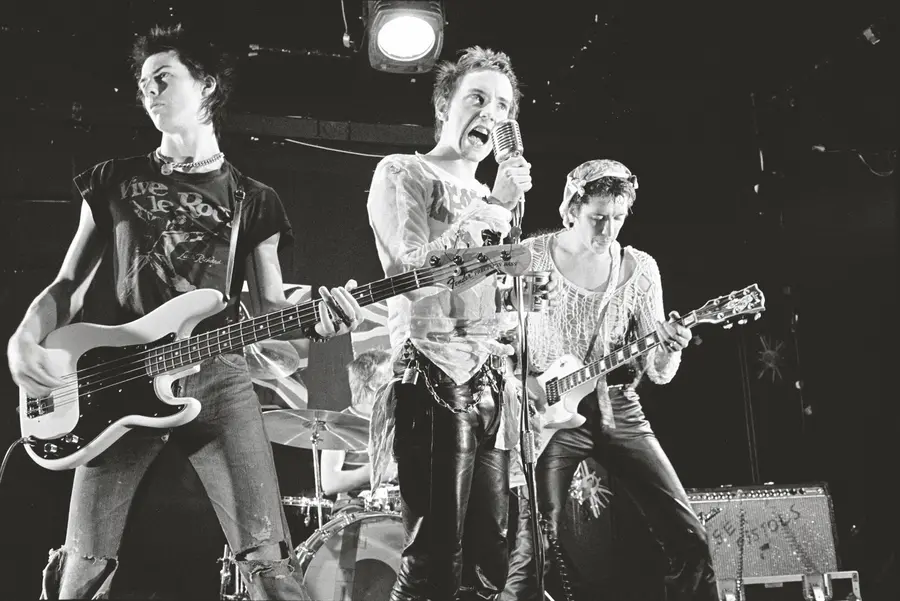“If it moved, I clicked...”
– Dennis Morris
Early life
Dennis arrived in the UK from Jamaica as a young boy in the early 1960s. Growing up in the London borough of Hackney, his childhood spent here was instrumental in shaping his experience as a young migrant in the UK. At the time, north east London, was a vibrant melting pot of generations of migrants (from Europe, Asia, the Caribbean and Africa) as well as the British working class. Despite difficult living conditions, a dynamic and cohesive community formed in the area.
For many Jamaican families like Dennis’, Hackney became a home away from home and allowed families to find innovative ways to build their livelihoods in the UK.
His introduction to photography came during his time as a choir boy at St Mark’s Church, Dalston. The church ran a photographic club, and it was there that Dennis discovered the magic of photography and got to know the work of renowned photographers like Gordon Parks, Henri Cartier-Bresson, Robert Capa and Don McCullin.
A prominent figure in Dennis’ early photography years was a man named Donald Paterson, affectionately known as “Mr. Paterson” by Dennis. Mr. Paterson set up the photographic club at St Mark’s Church, and having seen Dennis’ enthusiasm and potential, took the young photographer under his wing, introducing him to the history of photography. “Most of the other kids just used the camera club as a way to get out of the house for a few hours, whereas I couldn’t wait for Thursday to come around. I’d go there early to get into the darkroom before anyone else.”
Growing up Black + Southall
‘Growing up Black’ marked Dennis’ first body of work. Inspired by his community in Hackney, Dennis began photographing family, friends and locals as a way of recording his surroundings. Fascinated by the world and the people living around him, his work presented a unique insight into life in the East End.
Being a young Black photographer drew plenty of attention towards Dennis and he used this to forge new connections with people that he would later photograph. Despite his family’s reservations about photography as a sustainable career path, Dennis was determined to pursue his passion, and travelled around London, meeting and photographing people within and beyond the Afro-Caribbean community.
His trips landed him in Southall in west London, which eventually inspired his next photo series.
Southall was home to a thriving South Asian community, particularly from the Punjabi community who migrated to the area during the 1950s to seek work. The area eventually grew to become the largest community of South Asians in London. Enthralled by this new world, that seemed to have so much in common with his own West Indian community in Hackney, Dennis visited Southall many times, walking around and chatting with locals, who were equally fascinated by a young Dennis and his camera. Through his interactions, he was invited into homes and businesses to photograph the residents of Southall.
His experiences there taught him the importance of openness and open-mindedness.
Meeting Bob Marley
Dennis’ entrance to the world of music photography was marked by two pivotal moments: meeting Jamaican singer and reggae icon, Bob Marley and his on-the-road reportage of the Sex Pistols.
It began on the streets of Soho in 1973. At just fourteen years old, Dennis first met Marley when he had bunked off school with his camera to wait outside the stage door of London’s Speakeasy Club for Marley’s reggae band, The Wailers. Like his interactions in Hackney and Southall, Dennis asked Marley if he could photograph him. Marley said yes and not only invited him into the club but onwards to chronicle The Wailers’ first British tour. This marked the start of Dennis’ long professional and personal relationship with the singer.
In the following weeks, he shot the group on stage, as well as creating several candid portraits of Marley in the downtime between shows – smoking in his dressing room, relaxing on the tour bus, buying footballs in a sports shop. The images are an intimate insider’s portrait of a young performer on the cusp of crossover success. His photographs of Marley performing at the Lyceum, London in 1975 mark a defining moment of both Marley’s music career (the moment reggae and Rastafarianism entered popular culture), and of Dennis’ career, firmly establishing himself in the music industry.
“With Bob, no posing was needed. He had a presence that was more than star quality; it was spiritual."
- Dennis Morris
Music and beyond
Dennis’ first trip back to Jamaica was through Bob Marley in 1975 and again in 1976. During these trips he became acquainted with many reggae artists, including Lee “Scratch” Perry, The Abyssinians, Dennis Brown, Big Youth and U-Roy. Following these artists as they lived and worked, Dennis captured the spirit of the scene in Jamaica at a time when reggae was gaining popularity overseas.
Dennis’ reportage from the Sex Pistols’ turbulent 1977 tour captured the band at the apex of its notoriety during the seismic musical and cultural upheaval that was punk. Dennis recorded the chaos and camaraderie of a group in the eye of a hurricane of public outrage. Nationwide moral panic was triggered by the release of the group’s declamatory anti-royalist single, ‘God Save the Queen’, a few months earlier – a provocation timed to coincide with national celebrations of the Queen’s Silver Jubilee. Gigs were pulled at the last minute by spooked local councils, and the group were forced to play under a different name – the S.P.O.T.S (Sex Pistols On Tour Secretly).
By the 1980s, Dennis expanded his involvement with music into new territory by joining the pioneering reggae-punk fusion band, Basement 5, as a vocalist and lyricist. He also created the band’s logo, photography and graphics.
Throughout the tail end of the 20th century, Dennis, a leading music photographer at this point, continued to collaborate with a wide range of artists, including The Stone Roses, Oasis, the Beastie Boys, Chuck D and The Roots; Ivorian artist Alpha Blondy, Senegalese musician Youssou N’Dour and the Malian singer-songwriter Salif Keita; Prince, Stevie Wonder, Adam Ant, the hip-hop duo Insane Clown Posse, and numerous rock and pop bands, including U2, Beck, Ian Dury and the Blockheads, Dave Grohl and the Foo Fighters, Bobby Gillespie and George Clinton, Flowered Up, the Gary Clail Sound System, Green Day, Happy Mondays, Kula Shaker, L7, Les Rita Mitsouko, FFF, Noir Désir, The Prodigy, Radiohead, The Soup Dragons, Supergrass and The Breeders, followed in the late 1990s by several drum and bass and trip-hop artists, including Goldie, Portishead and Tricky.
Always taking a more fluid approach to documentary photography, Dennis merged reportage, portraiture and documentary to capture musicians at their most authentic, establishing close relationships with his subjects over prolonged periods of time. These intimate insights into well-loved and renowned artists’ lives and careers have cemented Dennis Morris as a leading photographer of his time.
Visit the exhibition, Dennis Morris: Music + Life until 28 September 2025.
